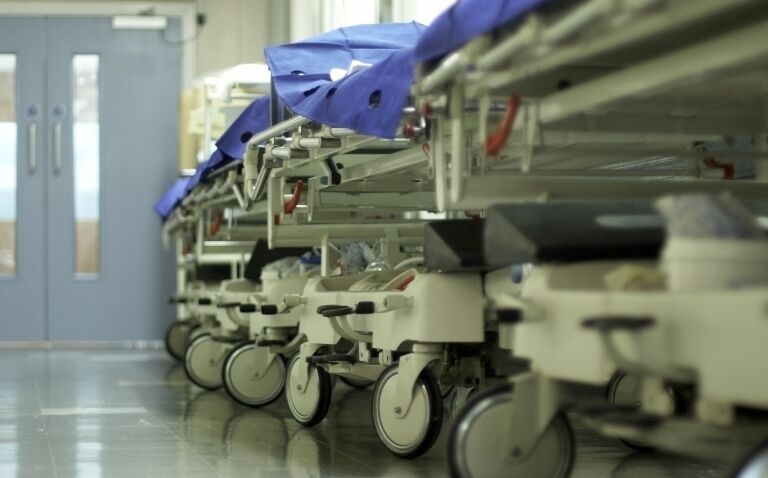The NHS has been unable to ‘secure the full benefits’ of increased spending and staff numbers, with performance against targets deteriorating further since the pandemic, according to the National Audit Office (NAO).
In a new report titled ‘Access to unplanned and urgent care’ and published on 21 June 2023, the NAO cited figures from the Centre for Health Economics which showed that productivity in the NHS had fallen by 23% since the onset of the pandemic – after rising by 18% between 2004/05 and 2017/18. This is ‘a reduction not echoed by a similar decline in the wider UK economy’, the report stated.
The report also found that performance against operational standards had deteriorated, which had also been exacerbated by the pandemic. A significant increase in A&E attendances was seen, with 25.2 million in 2022/23 compared to 21.6 million in 2011/12 – an increase of 3.6 million. A&E attendances peaked at a record 2.3 million in December 2022.
Likewise, December 2022 saw the peak of ambulance handovers exceeding 30 minutes (118,692), as well as peaks in the numbers of A&E patients waiting longer than four hours (170,121) and 12 hours (54,573) to be admitted to a ward after a decision to do so was made.
July 2015 marked the last time the NHS met its target for 95% of A&E patients to be admitted, transferred or discharged within four hours of arrival.
The NAO said that patient access and satisfaction is worsening despite the NHS spending ‘increasing amounts of public money and employing record numbers of people’. It suggested there is no ‘straightforward solution’ to improving the system.
Recovery plan funding challenges
In January the Government announced its urgent and emergency care recovery plan to reduce waiting times and improve services in England by March 2024, with more than £2.5bn funding attached. However, achieving this plan will be a ‘significant challenge’ based on these current trends, said the NAO.
Matthew Taylor, chief executive of the NHS Confederation, said: ‘While funding has increased, it has not been in line with historic rates and it has failed to keep pace with demand for well over a decade.
‘In terms of NHS staffing, it is true that numbers have increased over a period of time, but these are still a long way from where patients need them to be, and while we hope that the long-term workforce plan will help address this, with issues remaining around pay and conditions for many staff, progress towards our desired destination may be slow.’
He added: ‘But there is a clear need for wider action, including a shift to viewing national health as more than just NHS policy. We need a strategy for national health, which includes social care and takes into account the wider determinants of health.’
Meg Hillier, MP and chair of the committee of public accounts, said: ‘The NHS has more funding and staff than ever before, but patient access to urgent and emergency care – both in hospitals and in the community – is deteriorating across a suite of measures, with this decline long predating the Covid-19 pandemic.
‘It’s clear more of the same won’t work. The Department of Health and Social Care and NHS England need to wake up to the severity of these long-term trends if they are going to give patients the service they deserve.’
Earlier this week, a report by the think tank Institute for Government looked at why NHS hospitals are failing to deliver higher activity despite higher spending on the service and higher levels of staffing over the last couple of years. It highlighted capital investment, staff retention and boosting management capacity as areas in which the Government need to make significant improvements.










